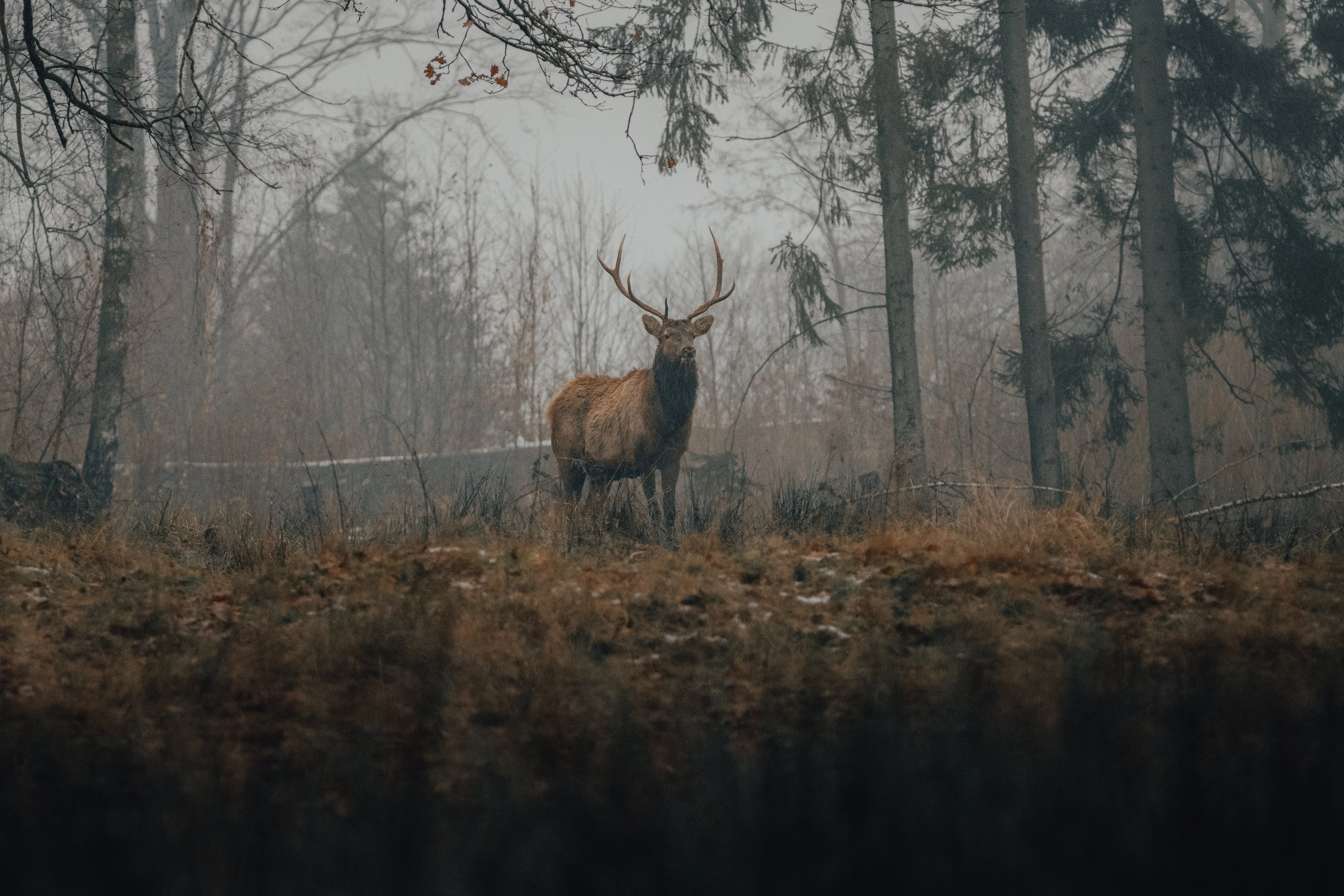Climate Change and Wildlife: Adapting to a New World
The world around us is changing, and nowhere is this more evident than in the natural world. As climate change accelerates, it poses a significant challenge to wildlife and ecosystems across the globe. In this article, we'll explore the impact of climate change on wildlife and the remarkable ways in which some species are adapting to a new world.

A Personal Connection
Growing up near a lush forest, I always felt a deep connection to the natural world. It was a place of wonder and discovery, where I would often spend hours exploring and observing the creatures that called it home. Little did I know that the same forest I cherished as a child would one day face the profound effects of climate change.
The Impact of Climate Change
1. Changing Habitats
One of the most significant impacts of climate change on wildlife is the alteration of habitats. Rising temperatures and changing precipitation patterns can disrupt ecosystems, forcing animals to seek new homes. For instance, as temperatures rise in the Arctic, polar bears are venturing further inland in search of food, leading to increased human-wildlife conflicts.
2. Altered Migration Patterns
Many species rely on seasonal cues for migration, breeding, and feeding. With climate change, these cues are becoming less reliable. Birds, for example, may arrive at their breeding grounds out of sync with the peak availability of their prey, impacting their reproductive success.
3. Food Scarcity
Changes in temperature and ocean currents affect marine ecosystems, leading to shifts in the distribution of fish populations. This, in turn, affects the animals that rely on these fish as their primary food source, such as seabirds and seals.
4. Extreme Weather Events
Extreme weather events, like hurricanes and wildfires, are becoming more frequent and intense due to climate change. These events can devastate wildlife populations and destroy critical habitats. It's a grim reality faced by countless species.
Remarkable Adaptations
Despite the challenges, some wildlife species are displaying remarkable adaptations in response to a changing climate. Here are a few inspiring examples:
1. Changing Colors
The snowshoe hare, known for its white winter coat, is adapting to shorter snow seasons by changing the color of its fur. In regions where snow lingers less, some hares sport brown coats year-round to better blend into their surroundings.
2. Shifts in Behavior
Some birds are adjusting their migration routes and breeding times. The European pied flycatcher, for instance, has started laying its eggs earlier to coincide with the earlier arrival of caterpillars, their primary food source.
3. Shifting Ranges
Species are expanding their ranges to seek out more suitable habitats. The American pika, a small mountain-dwelling mammal, is moving upslope to cooler elevations as lower elevations become too warm.
4. Adaptive Partnerships
In a fascinating example of cooperation, some corals and algae are forming symbiotic relationships that allow corals to better withstand higher sea temperatures. This adaptation could be crucial in preserving coral reef ecosystems.
Conservation Efforts
Conservationists and scientists are working tirelessly to mitigate the impacts of climate change on wildlife. Here are a few strategies being employed:
1. Habitat Restoration
Efforts to restore and protect critical habitats are ongoing. Replanting forests, preserving wetlands, and creating wildlife corridors help ensure that species have suitable places to live.
2. Climate-Resilient Land Management
Adaptive land management practices are being implemented to help wildlife cope with changing conditions. This includes controlled burns to reduce wildfire risk and the creation of artificial breeding sites for endangered species.
3. Community Engagement
Engaging local communities in conservation efforts is crucial. Education and outreach programs can help people understand the importance of wildlife conservation and the role they play in preserving ecosystems.
The Path Forward
Climate change is undoubtedly one of the greatest challenges of our time, and its effects on wildlife are profound. However, the remarkable adaptations we observe in the animal kingdom remind us of the resilience of life on Earth.
As individuals, we can contribute to wildlife conservation by reducing our carbon footprint, supporting conservation organizations, and advocating for policies that address climate change. By working together, we can help wildlife adapt to this new world and ensure that future generations can experience the wonders of the natural world that have inspired so many of us.

No comments:
Post a Comment